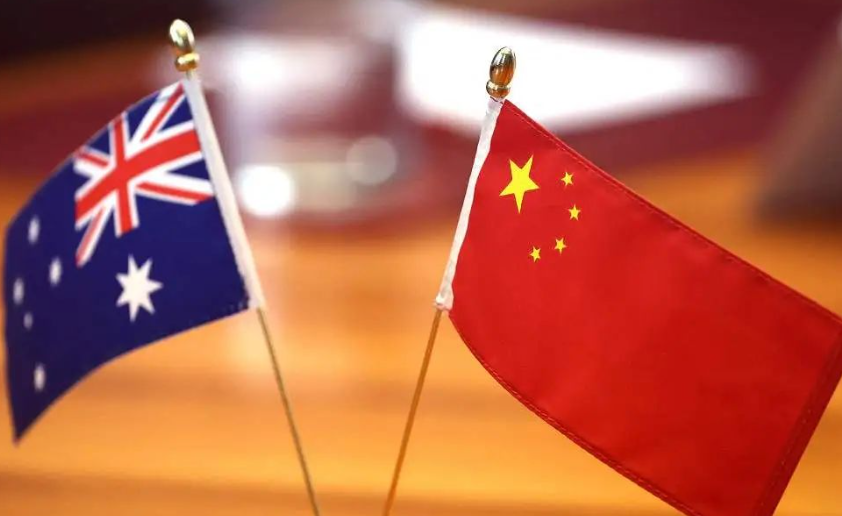China has been increasingly insisting on using the renminbi (RMB) for commodity purchases, particularly iron ore, moving away from the traditional U.S. dollar-based system. This shift has stirred global attention and put the United States in a difficult position.
The Australia Case
The U.S. pressured Australia to continue selling iron ore in U.S. dollars, attempting to maintain control over global trade. Yet, the U.S. cannot absorb Australia’s total iron ore exports due to its limited domestic steel capacity. Australia, caught in the middle, has no choice but to comply with China’s demand: over 60% of its iron ore exports go to China.

Facing this reality, Australian mining giants, led by Rio Tinto, agreed to long-term RMB settlement deals with China’s Baowu Steel, followed quickly by other mining firms. Losing the Chinese market would have forced mines to shut down and workers to lose their jobs.
China’s Strategic Advantage
China’s ability to enforce RMB settlement comes from market power and strategic planning:
- Pilot programs: Companies like Shougang tested cross-border RMB payments using blockchain technology, making transactions fast and secure.
- Stable demand: China remains the largest buyer of global iron ore, giving it leverage.
This is not a sudden move—it is a well-considered strategic deployment in response to the volatility of the U.S. dollar.

The Dollar’s Vulnerability
Despite accounting for 58% of global reserves and 88% of daily forex transactions, the dollar exposes countries to:
- Capital outflows during U.S. interest rate hikes
- Currency devaluation
- Sanction risk if targeted by the U.S.
Russia’s experience is telling: from 2018 to 2023, its dollar reserves fell from 43% to 10%, prompting a shift to alternative currencies.
Growing Global Acceptance of RMB
Countries previously vulnerable to dollar dominance are increasingly accepting RMB:
- BRICS nations: Sino-Russian trade in dollars fell from 90% in 2015 to 46% in 2020.
- South Africa: RMB usage rose 65% in 2016.
- India and Russia: non-dollar settlement share jumped from 6% to 30%.
China has also developed RMB Cross-Border Payment System (CIPS) as a secure alternative to SWIFT, while the New Development Bank offers loans in non-dollar currencies, further weakening dollar dominance.

Benefits for Commodity Countries
- Reduced transaction costs: No need to convert into USD first.
- Hedging against dollar volatility: More predictable accounting and stable macroeconomic policies.
- Direct trade in Chinese goods: RMB can be used immediately for procurement of machinery and services, forming a closed-loop supply chain.
Brazil, Argentina, and other resource-exporting countries are already enjoying these benefits. European companies importing iron ore are also requesting RMB settlement to streamline transactions.
The Strategic Implications
China is not forcing the world to use RMB—it is providing a more reliable alternative, leveraging real market demand and long-term financial security. The dollar, once unchallenged, is losing its monopoly, while the RMB steadily gains influence in global trade.
This shift represents more than just commodity purchases—it is about China securing greater control over global trade and financial autonomy. Countries and companies now prioritize efficiency, safety, and predictability over political allegiance.
Sources:
- Chinese trade reports on RMB settlement, 2023–2025
- Global financial data on dollar reserves and forex transactions
- Public statements by Brazilian, Argentine, and Russian authorities



